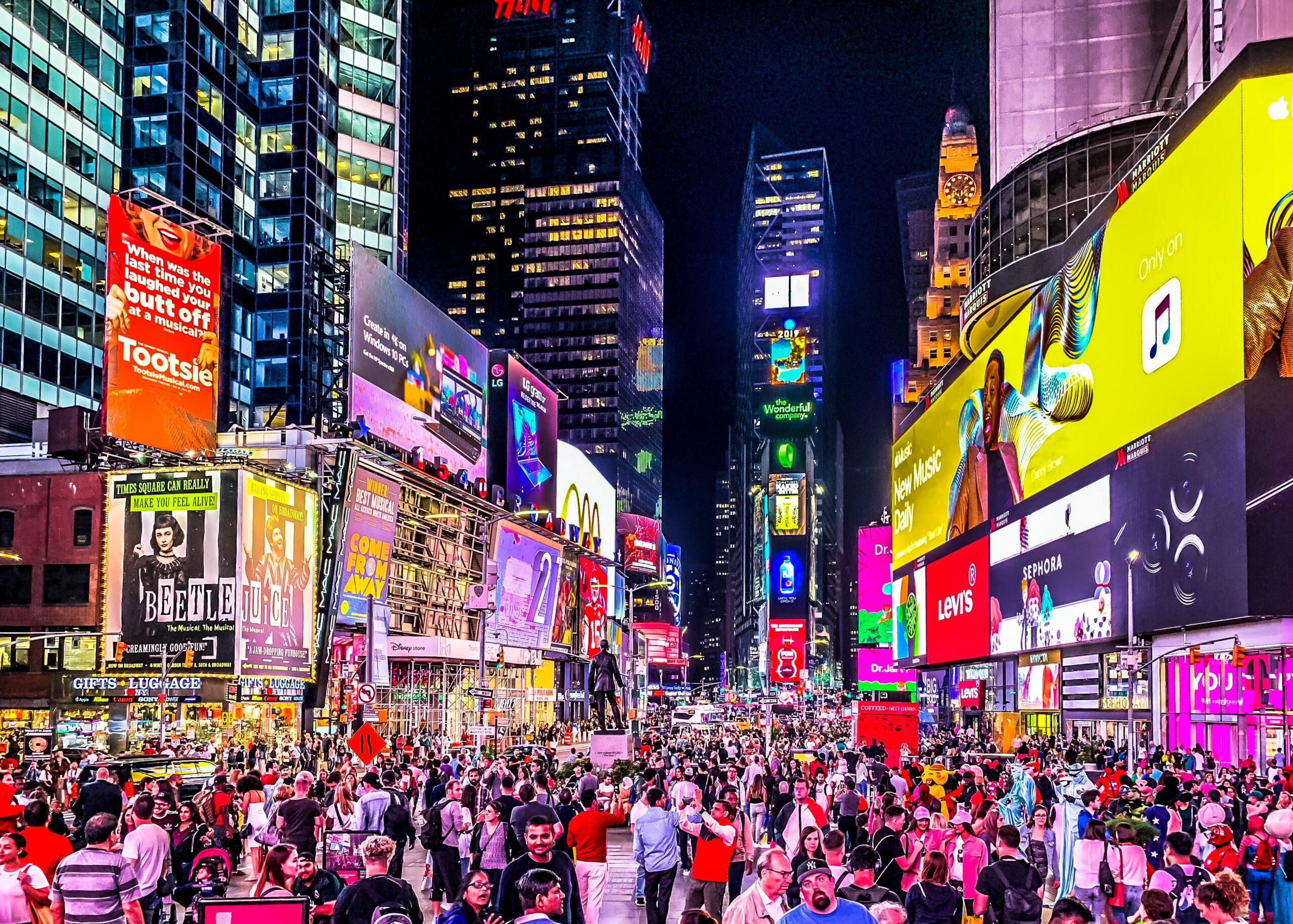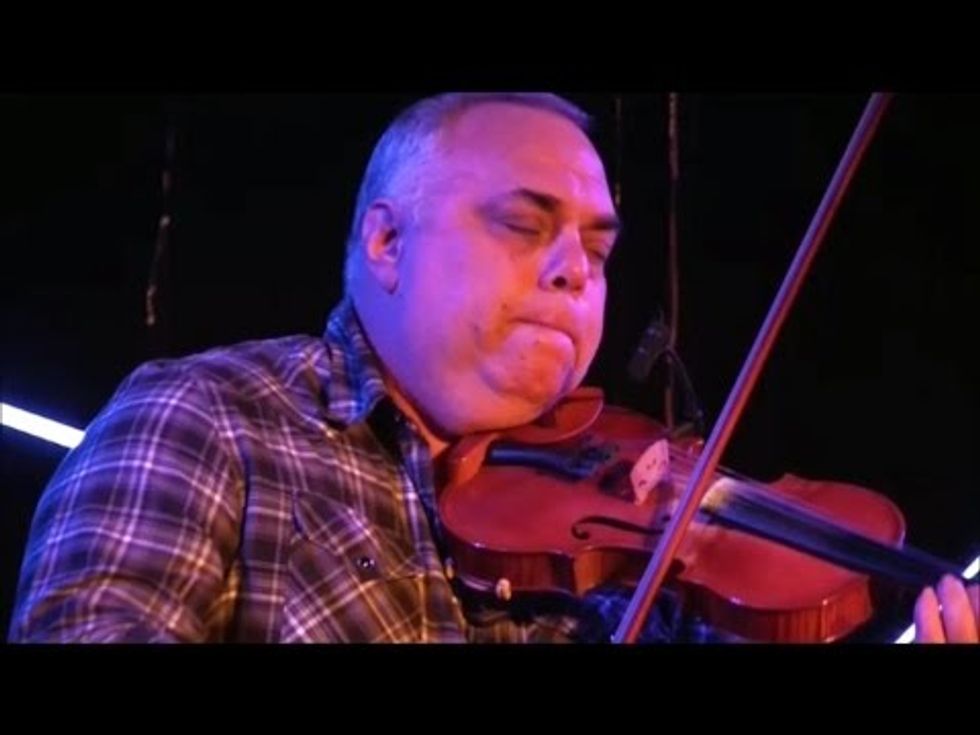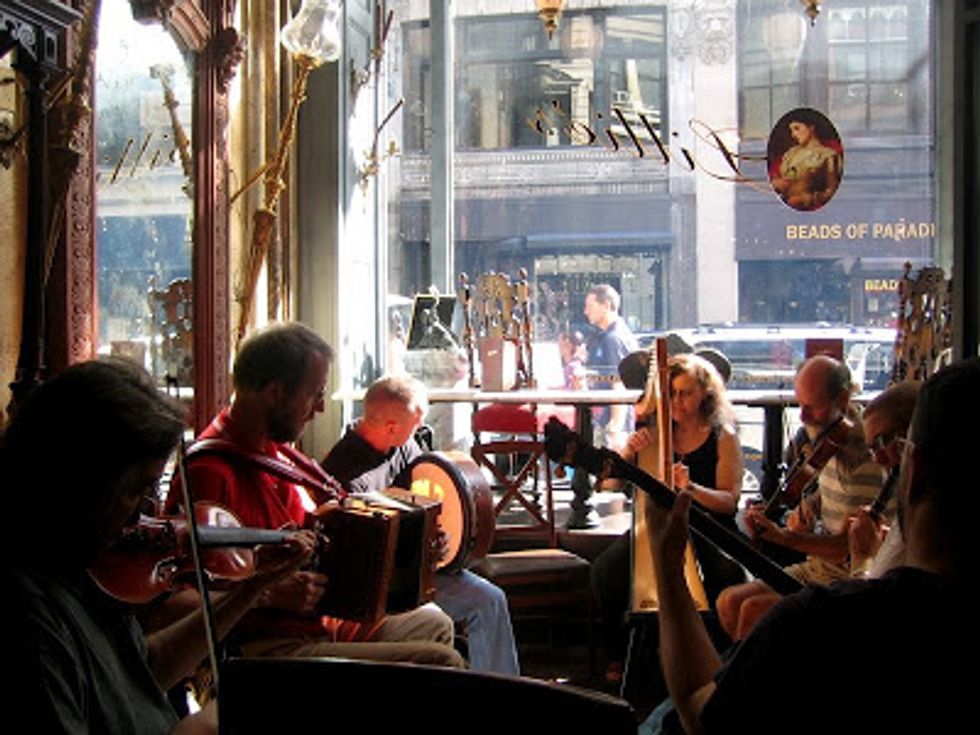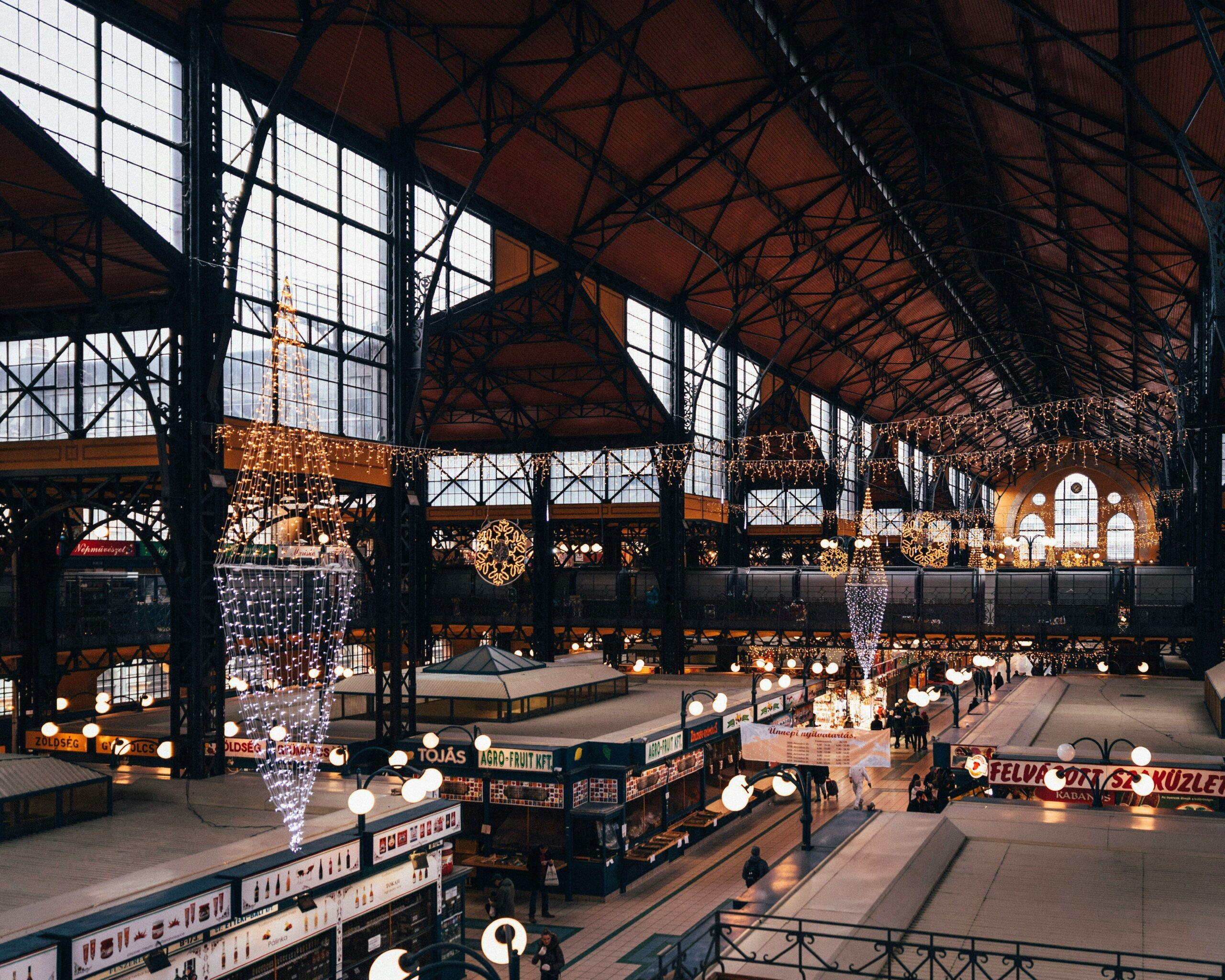
The Celtic Music in New York City is even better than you thought


When thinking about Celtic music, most people’s minds are transported to the rolling hills of Ireland. While Celtic music is certainly influenced by the Emerald Isle, the Irish aren’t the only people whose rich history has contributed to the traditional Celtic songbook. Within Britain, both Scotland and Wales add their particular flavor to Celtic music.
And in continental Europe, the provinces of Brittany and Galicia (Northern France and Northwestern Spain respectively) also have their own unique styles. That said, by the early 20th century, these folk music traditions were all but forgotten.
Following World War II however, Irish musicians (who else?) began a folk revival in Dublin, led by groups like The Dubliners and The Clancy Brothers. When The Clancy Brothers’ emigrated to Greenwich Village in 1951, the folk revival in America–led primarily by Woody Guthrie–was already underway. Upon their introduction onto the scene, Irish heavy harmonies and lyric poetry quickly permeated the largely political American movement and changed it forever. Irish musicians took over lower Manhattan in the 50s and the Clancy Brothers were already well-established by the time Bob Dylan arrived on the scene, and Dylan still cites them as a huge influence on him today. Now, almost 70 years later, New York City is still a hotbed of Celtic music and is home to some of the most prominent musicians in the genre.
The bars specializing in traditional (trad) sessions (seisuns, in Gaelic) are numerous, though they all differ in intensity. Certain bars, like Lillie’s Victorian Establishment, have bands play to provide background music and entertain diners. While this sort of thing can function as a primer, few of the city’s Irish trad musicians would consider this a true session. If you’re looking for a real treat, the place to go is the 11th street bar in the East Village for Tony DeMarco’s Sunday Session. While DeMarco’s Brooklyn accent and Italian last name are anything but Irish, (DeMarco looks like a Sopranos extra) he is one of the most incredible Celtic fiddle players in the country, and he hosts one of the tightest sessions in New York.
 Tony DeMarco on his fiddle
Tony DeMarco on his fiddle
It starts at around 9:30 every Sunday night and doesn’t usually wind down until four in the morning. The atmosphere is inviting, but if you’re someone who learned the chords Danny Boy on guitar and think you’re going to jump in and play, you’ve got another thing coming. While the musicians are open to letting other players join the fun, you’d better commit the Celtic songbook to memory before volunteering, otherwise you’ll be laughed out of the bar. DeMarco’s impact on the Celtic music scene isn’t exclusive to 11th Street, however. He is also one of the founders of the New York Trad Fest, a yearly event hosted by the Irish Arts Center dedicated to preserving and celebrating traditional Irish folk music.
But how does an Irish session work? Well, there are two types of sessions. One is a closed session, in which no one who isn’t on the bill is allowed to play. A closed session sort of resembles a concert but is more like a public jam session between wildly talented musicians. The other type is the open session, in which anyone with an instrument is invited to join in. The etiquette in an open session is fairly simple; if you know the tune, pick up your instrument and start playing along. If you don’t, wait patiently until you hear something you do know. It’s also polite, especially if you play a common instrument like guitar, to let other people have a turn if you’ve been playing for a while.
While slightly different, the common thread between open and closed sessions is the way in which they differ from traditional concerts. A session is not played for the benefit of the audience, but functions more like a roundtable between musicians, each musical phrase or utterance being part of dialogue. There’s a feeling, particularly at good sessions, that even if you weren’t watching the musicians, they’d be there playing all hours of the night for the sheer joy of it. There’s an intense beauty in the way these sessions operate, playing the same songs every night (with some permutations), simultaneously transient and eternal. It’s somehow more musical, more free-flowing and pure than going to watch your favorite band perform.
 An open session in progress
An open session in progress
Unfortunately, with the closure of Dempsey’s there aren’t many open sessions left in Manhattan, and while the closed sessions of the East Village are certainly full of talented musicians, the boroughs- particularly Queens and the Bronx- are the place to go if you’re looking to contribute, but aren’t willing to dedicate your life to mastering an instrument. Either way, whether you’re looking for Celtic ambiance to go along with you shepherd’s pie and Guinness, or you’re trying to play with a new group, NYC is the best place outside of Dublin to find a good Irish seisun. Get practicing though, you don’t want to embarrass yourself on your first time out!
Matt Clibanoff is a writer and editor based in New York City who covers music, politics, sports and pop culture. His editorial work can be found in Pop Dust, The Liberty Project, and All Things Go. His fiction has been published in Forth Magazine. Website: https://matthewdclibanoff.journoportfolio.com/ Twitter: @mattclibanoff


